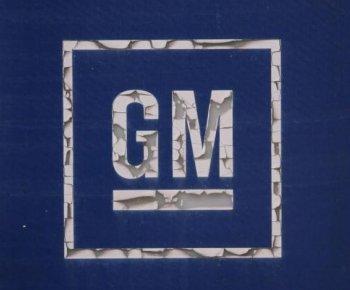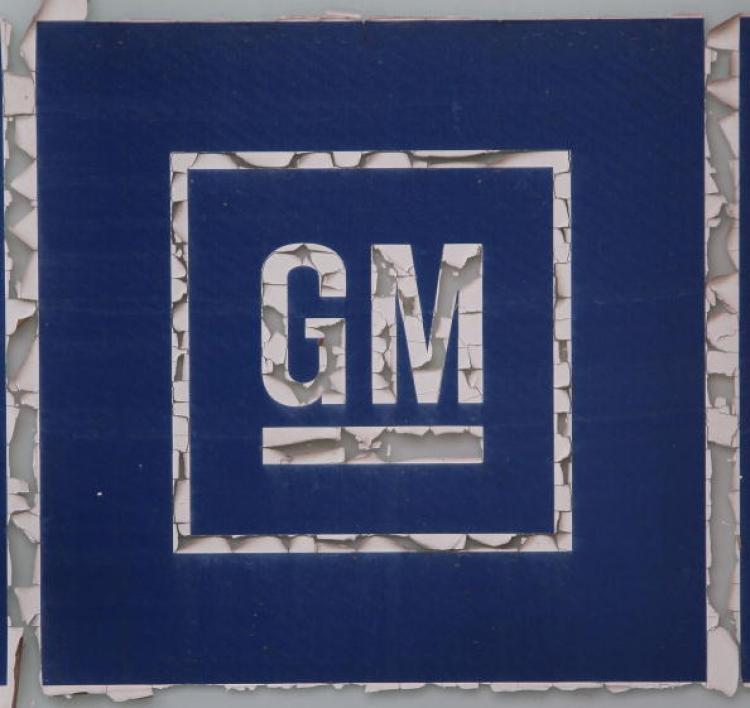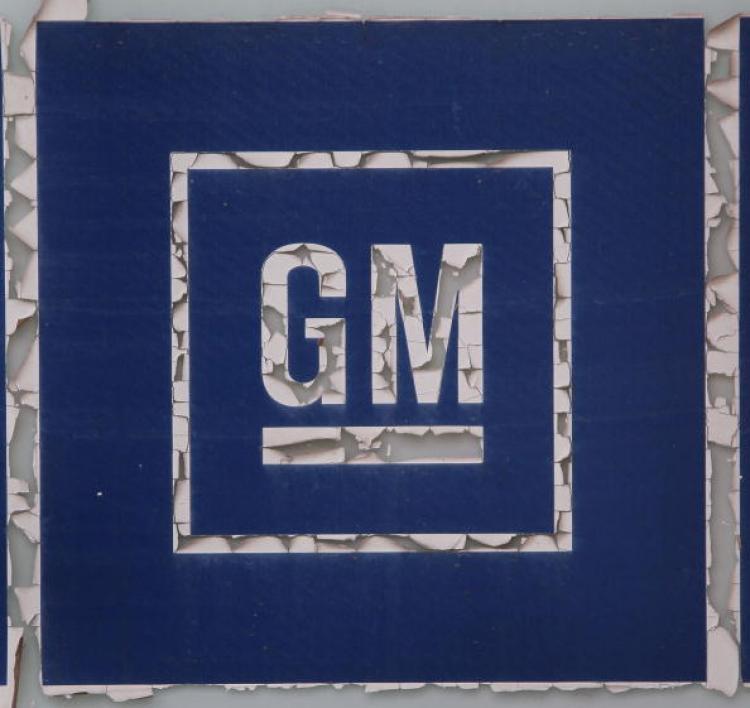Since last summer’s bankruptcy, General Motors Co. (GM) has slowly crawled back from oblivion and is set to sell shares in an initial public offering and come out from under the umbrella of government support.
GM filed an amended registration statement on Sept. 23 with the U.S. Securities and Exchange Commission (SEC) for the sale of stock. The market price was not known as of filing date.
“Currently, no public market exists for our common stock,” GM said in its recent SEC filing.
This sale will include the preferred stock owned by the U.S. Department of Treasury, which agreed to sell its stock and suggested that the offering will hit the market before the end of 2010.
For Treasury to be equitably compensated for its support of GM under the TARP program, the stock must have a market price of $133.78, according to an August letter by Neil Barofsky, special inspector general for TARP, to Sen. Chuck Grassley, R-Iowa.
GM’s Haul of TARP Funds
In late 2008, GM received a $13.4 billion working-capital loan and another $6 billion loan. To help GM survive the bankruptcy proceedings in mid-2009, Treasury loaned another $30.1 billion, converting most of the loaned money to a 61 percent ownership in the “New GM,” leaving $6.7 billion to be repaid.
A few months into 2010, GM repaid the $4.7 billion to the Treasury—the remainder of the $6.7 billion it received under TARP—a full five years before it was required to pay it off.
“We are encouraged that GM has repaid its debt well ahead of schedule and confident that the company is on a strong path to viability,” Treasury Secretary Timothy Geithner said in a statement earlier this year.
But Barofsky’s investigation found that GM’s TARP repayment may not be what it claimed, according to his testimony before an April Senate Finance Committee hearing and brought to the forefront in an April letter by Sen. Grassley to Treasury Secretary Geithner.
“In fact, it appears to be nothing more than an elaborate TARP money shuffle. ... GM seems to be using TARP funds from an escrow account at Treasury to make the debt repayments,” Grassley said in his letter.
“The most recent quarterly report from the Office of the Special Inspector General for TARP says, ‘The source of funds for these quarterly [debt] payments will be other TARP funds currently held in an escrow account,’” Grassley wrote.
For the Treasury to be fully repaid, it all depends on how much investors are willing to pay for Treasury’s preferred stock in GM.
“The bottom line seems to be that the TARP loans were ‘repaid’ with other TARP funds in a Treasury escrow account. The TARP loans were not repaid from money GM is earning selling cars, as GM and the Administration have claimed in their speeches, press releases and television commercials,” Grassley said.
Financial Well-Being
As of June 30, GM was highly liquid with $31.5 billion in cash on hand, more than three times its debt of $8.2 billion. A caveat indicates that GM’s U.S. and foreign pension obligations are underfunded by around $27.3 billion, but they don’t need to be funded until 2014.
However, not all is aboveboard. According to Grassley’s letter, $17.4 billion of available cash and marketable securities were actually drawn from a Treasury escrow account.
GM’s revenues were $65 billion for the first half of 2010, an $8 billion increase over the same period in 2009. Profits during the same periods were $4 billion this June and a loss of $11 billion in June 2009.
Continued on the next page...
“Our ability to change public perception of our company and products is essential to our ability to attract a sufficient number of consumers to consider our vehicles, particularly our new products, which is critical to our ability to achieve long-term profitability,” GM said in its SEC registration.
Auto Industry’s Haul from TARP Program
Through its TARP program, the U.S. government injected $386 billion of a planned $475 billion and committed $460 billion into the economy by Aug. 31, according to the Treasury’s latest TARP report to Congress.
More than half of the funds in the pipeline have been repaid to Treasury. Close to 20 percent ($79.7 billion) of the funds paid out were given to the auto industry, by far the largest outstanding balance.
“Treasury has provided approximately $80 billion in loans and equity investments to GM, GMAC (now known as Ally Financial Inc.), Chrysler, and Chrysler Financial. The terms of Treasury’s assistance impose a number of restrictions including rigorous executive compensation standards, limits on luxury expenditures and other corporate governance requirements,” according to the latest Treasury TARP report to Congress.
The second largest single user of the paid out TARP funds was American International Group Inc. with about 12 percent ($47.5 billion).
The new Chrysler is under new ownership, with Treasury extending a $7.1 billion loan and holding 9.9 percent of the stock. The Chrysler Voluntary Employee Benefit Association holds around 68 percent, Fiat 20 percent, and the Canadian government 2.5 percent.
Besides the purchase of stocks, the government also holds warrants in many banks. Warrants may not be traded in any market, and the market price is established through an independent body. If the firm does not buy back the warrant, the government may register the preferred stock with the Securities and Exchange Commission for sale once approved.
Warrants allow the government to buy shares over a 10-year period at a fixed price called the “strike price.” If the strike price is above the stock price, the government will lose money or be “out of money,” and if it is below the stock price, it will gain or be “in the money.”
New Vehicles
Post-bankruptcy, GM is focusing on developing fuel-efficient vehicles at a greater vigor.
“Our top priority for research is to continue to develop and advance our alternative propulsion strategy, as energy diversity and environmental leadership are critical elements of our overall business strategy,” said GM in its SEC registration.
GM is banking on its electric plug-in hybrid Chevrolet Volt, which comes with a suggested retail price of $33,500. The car will go up to 340 miles, of which 40 miles are on electricity, before having to tank up. Dealers were taking Volt orders in July, and the car will hit the showrooms around November.
In promising a car that has outpaced all competition and through slick advertisement, GM hopes to lure customers away from any other alternative fuel car.
“The Chevrolet Volt will be the best vehicle in its class … because it’s in a class by itself,” said Joel Ewanick, U.S. marketing vice president at GM, in a press release.
GM filed an amended registration statement on Sept. 23 with the U.S. Securities and Exchange Commission (SEC) for the sale of stock. The market price was not known as of filing date.
“Currently, no public market exists for our common stock,” GM said in its recent SEC filing.
This sale will include the preferred stock owned by the U.S. Department of Treasury, which agreed to sell its stock and suggested that the offering will hit the market before the end of 2010.
For Treasury to be equitably compensated for its support of GM under the TARP program, the stock must have a market price of $133.78, according to an August letter by Neil Barofsky, special inspector general for TARP, to Sen. Chuck Grassley, R-Iowa.
GM’s Haul of TARP Funds
In late 2008, GM received a $13.4 billion working-capital loan and another $6 billion loan. To help GM survive the bankruptcy proceedings in mid-2009, Treasury loaned another $30.1 billion, converting most of the loaned money to a 61 percent ownership in the “New GM,” leaving $6.7 billion to be repaid.
A few months into 2010, GM repaid the $4.7 billion to the Treasury—the remainder of the $6.7 billion it received under TARP—a full five years before it was required to pay it off.
“We are encouraged that GM has repaid its debt well ahead of schedule and confident that the company is on a strong path to viability,” Treasury Secretary Timothy Geithner said in a statement earlier this year.
But Barofsky’s investigation found that GM’s TARP repayment may not be what it claimed, according to his testimony before an April Senate Finance Committee hearing and brought to the forefront in an April letter by Sen. Grassley to Treasury Secretary Geithner.
“In fact, it appears to be nothing more than an elaborate TARP money shuffle. ... GM seems to be using TARP funds from an escrow account at Treasury to make the debt repayments,” Grassley said in his letter.
“The most recent quarterly report from the Office of the Special Inspector General for TARP says, ‘The source of funds for these quarterly [debt] payments will be other TARP funds currently held in an escrow account,’” Grassley wrote.
For the Treasury to be fully repaid, it all depends on how much investors are willing to pay for Treasury’s preferred stock in GM.
“The bottom line seems to be that the TARP loans were ‘repaid’ with other TARP funds in a Treasury escrow account. The TARP loans were not repaid from money GM is earning selling cars, as GM and the Administration have claimed in their speeches, press releases and television commercials,” Grassley said.
Financial Well-Being
As of June 30, GM was highly liquid with $31.5 billion in cash on hand, more than three times its debt of $8.2 billion. A caveat indicates that GM’s U.S. and foreign pension obligations are underfunded by around $27.3 billion, but they don’t need to be funded until 2014.
However, not all is aboveboard. According to Grassley’s letter, $17.4 billion of available cash and marketable securities were actually drawn from a Treasury escrow account.
GM’s revenues were $65 billion for the first half of 2010, an $8 billion increase over the same period in 2009. Profits during the same periods were $4 billion this June and a loss of $11 billion in June 2009.
Continued on the next page...
“Our ability to change public perception of our company and products is essential to our ability to attract a sufficient number of consumers to consider our vehicles, particularly our new products, which is critical to our ability to achieve long-term profitability,” GM said in its SEC registration.
Auto Industry’s Haul from TARP Program
Through its TARP program, the U.S. government injected $386 billion of a planned $475 billion and committed $460 billion into the economy by Aug. 31, according to the Treasury’s latest TARP report to Congress.
More than half of the funds in the pipeline have been repaid to Treasury. Close to 20 percent ($79.7 billion) of the funds paid out were given to the auto industry, by far the largest outstanding balance.
“Treasury has provided approximately $80 billion in loans and equity investments to GM, GMAC (now known as Ally Financial Inc.), Chrysler, and Chrysler Financial. The terms of Treasury’s assistance impose a number of restrictions including rigorous executive compensation standards, limits on luxury expenditures and other corporate governance requirements,” according to the latest Treasury TARP report to Congress.
The second largest single user of the paid out TARP funds was American International Group Inc. with about 12 percent ($47.5 billion).
The new Chrysler is under new ownership, with Treasury extending a $7.1 billion loan and holding 9.9 percent of the stock. The Chrysler Voluntary Employee Benefit Association holds around 68 percent, Fiat 20 percent, and the Canadian government 2.5 percent.
Besides the purchase of stocks, the government also holds warrants in many banks. Warrants may not be traded in any market, and the market price is established through an independent body. If the firm does not buy back the warrant, the government may register the preferred stock with the Securities and Exchange Commission for sale once approved.
Warrants allow the government to buy shares over a 10-year period at a fixed price called the “strike price.” If the strike price is above the stock price, the government will lose money or be “out of money,” and if it is below the stock price, it will gain or be “in the money.”
New Vehicles
Post-bankruptcy, GM is focusing on developing fuel-efficient vehicles at a greater vigor.
“Our top priority for research is to continue to develop and advance our alternative propulsion strategy, as energy diversity and environmental leadership are critical elements of our overall business strategy,” said GM in its SEC registration.
GM is banking on its electric plug-in hybrid Chevrolet Volt, which comes with a suggested retail price of $33,500. The car will go up to 340 miles, of which 40 miles are on electricity, before having to tank up. Dealers were taking Volt orders in July, and the car will hit the showrooms around November.
In promising a car that has outpaced all competition and through slick advertisement, GM hopes to lure customers away from any other alternative fuel car.
“The Chevrolet Volt will be the best vehicle in its class … because it’s in a class by itself,” said Joel Ewanick, U.S. marketing vice president at GM, in a press release.






